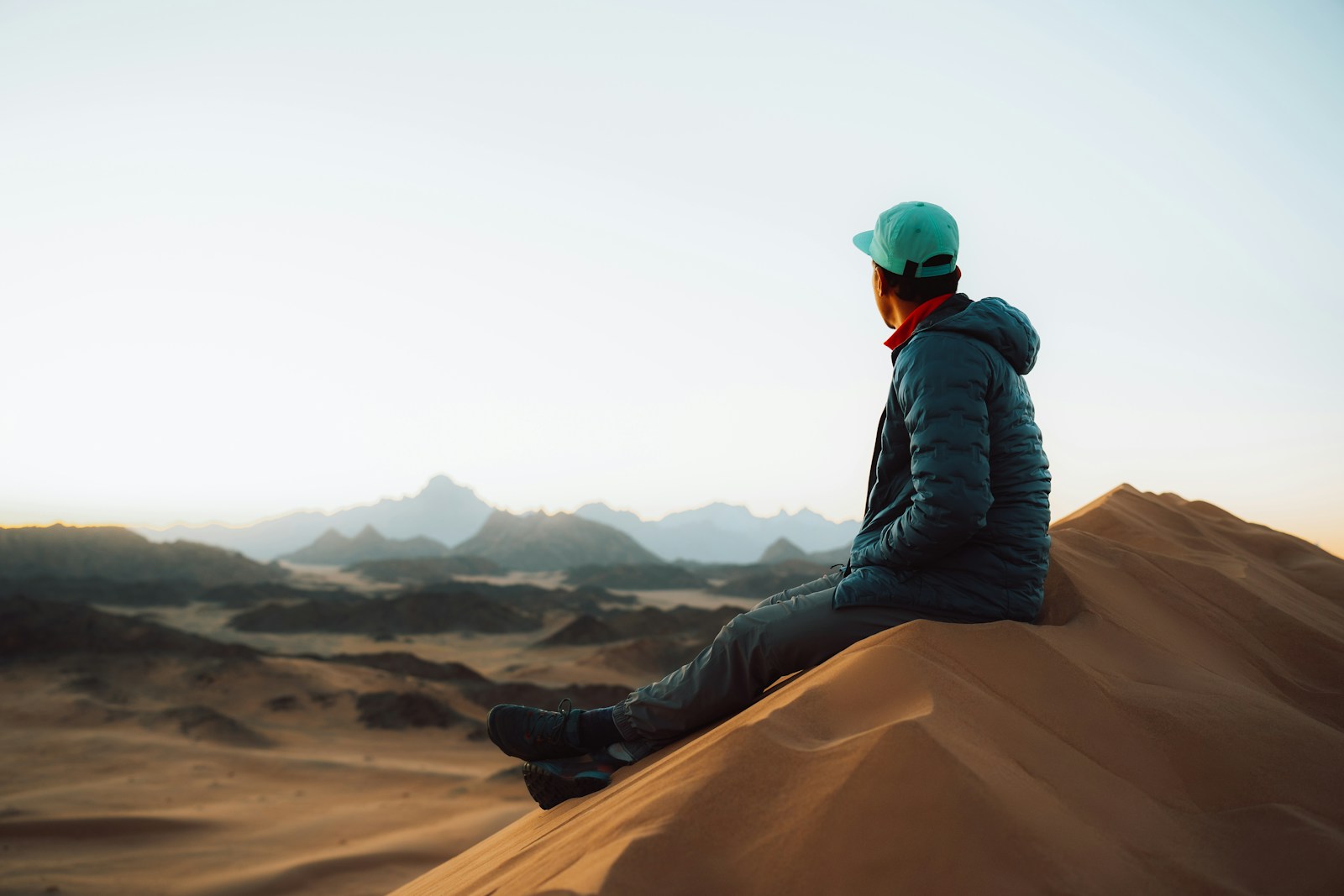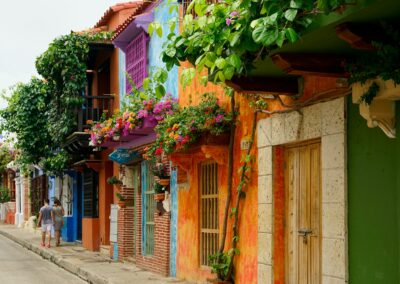Giving love to those who deserve it
By Maya Potishman from the United Kingdom
This week I started my special needs programme. I was so scared to do it because I’d heard horrible things about how confronting it is; how severe the disabilities are and how bad the conditions there are.
I knew I had to try it, because I wanted to challenge myself and I wanted to make a real difference; this was the real reason for my trip to Sri Lanka and I now wish I had chosen this programme option earlier as I will only have done 2 short weeks here when I leave.
We leave the house at 7am, and get two very crowded Sri Lankan buses to the home. The home is run by Catholic sisters. As soon as we walked in on the first day a group of little girls ran up to us including a girl with some of the most extreme facial disfigurements I’ve seen. She has become one of my favourites of the kids (she is so sweet!), but it was a very sudden and shocking introduction to the types of people I would be seeing regularly. We went up to a participant room which has a toilet, tea and biscuits available and headscarves for us to cover our hair as ALL the patients apparently have head lice. The home has 115 women and children and around 20 staff, including the sisters who run it, a few underpaid workers, and a handful of participants like us.
There are various reasons why a patient (sometimes called an “inmate” by the sisters) might end up here. In Sri Lanka, there is a culture of shame around disability, so sometimes when a baby is born disabled or disfigured, or in any way different, the parents will abandon it, or in extreme cases, try to kill it. There is also an idea in Buddhism (the majority religion of the island) that if a person is born disabled, they had bad karma in a previous life, and the families do not want to be associated with this bad karma. There is also obviously the case that the family just are not able to care for the child, for either financial or practical reasons.
This is why the conditions of the patients vary hugely from person to person. It really is just anyone who has been abandoned for being different. Some of the patients have serious learning difficulties or are very autistic, or blind, or non-verbal. Some are wheelchair-bound, with extreme physical and mental disabilities developed from conditions such as hydrocephalus. There are also Downs Syndrome patients, microcephalic patients and patients who are paralysed, or missing limbs. Some of the patients have extreme deformities (like my favourite little girl from the kids’ group!). One of the hardest things I have seen is two babies with enormous heads. I can’t even begin to describe how shocking it is to see in real life, a baby with a head about twice the size of a regular adults head, maybe more.
I feel really bad saying how shocking and scary seeing these people are, but at the same time I have realised that within seconds of meeting them, smiling at them and talking to them, you realise that all they have is warmth and love to give. If anything, it’s the least scary thing in the world; these are weak and vulnerable people with no ulterior motive, whose faces light up with excitement and appreciation when you simply just smile at them or say hello.
The conditions of the home are very poor. The adult patients all sleep in one room filled with metal cots and there is a separate room for the children. Apparently none of them has any kind of nappies so many of them will soil themselves in the night and the smell of that is hard to get rid of throughout the home.
There is a “playground” area with a makeshift swing made out of an old wheelchair ramp, and discarded wheelchairs for the kids to be rolled around in for fun.
One of the many sad things about this place is that no one has anything of their own. Everything is shared. The clothes are worn and then washed altogether and then redistributed and given to whoever it fits. The toys, colouring books and pens, everything is all shared. This means they get very possessive, especially the kids.
On the first day, one girl was looking at a bible (one of the few books available to them) and asked me to read to her from it. Suddenly another girl came over and tried to take it, and the first girl started shrieking, crying and hitting her. It was so crazy to me that this girl, who can’t read her own language, let alone understand English, and almost definitely doesn’t understand the religious significance of the book, could get so possessive over it.
Having seen and experienced all of the above, I was finding it so difficult and overwhelming every day. Especially my second day, where they put on a show to celebrate the 25th anniversary of one of the sisters joining the home. This was actually very sweet to watch; the different age and ability groups put on various dance routines and there were costumes and masks and even a hip hop routine. But it was so overwhelming being in that room with every single one of the patients.
I feel terrible saying all of this, and I’m not writing it to try and complain about how I think the home is being run terribly, as though I am looking down on their situation from my clean, Western Ivory tower. I truly believe that this experience gives more to us than it does to them, no matter how much time I spend contributing or how much effort I put into it or even how much money I donate. What it really does for me is to show how some people have to live. While for me it is so shocking, for them it is their everyday life and they don’t know any better. It’s sad for me to think how many other similar situations there probably are across the developing world, that maybe have even fewer resources and staff.
However, it also shows me that happiness can exist even in the darkest places and that the true universal common experience is to search for and give love. One of the participants (from a separate organisation) told me that she spent 2 months in a disabled home in Malaysia, which was clean and had great facilities and resources. But she said that there, the children were shown no love, and they were treated so badly by the staff that when an adult would walk near them, they would cower away in fear. Here, the conditions are appalling, but the children will run up to complete strangers to hug them with huge smiles on their faces.
In terms of what we are supposed to do at the home, it varies day-to-day, so a lot of it is walking around and just seeing where we’re needed. I enjoy playing with the kids, although this can be exhausting as you are often pulled in all directions or made to run around for ages, or you’re climbed on like a climbing frame or being bitten by some of the kids (hard!) or having your glasses ripped off your face. Sometimes it’s help feeding any of the patients (e.g the adults in wheelchairs or bed-bound kids), or just going up and talking to them. Another thing that is a bit easier to do (at least emotionally, if you need a break) is helping with the never-ending laundry (apparently the sisters start working on hand-washing and drying the clothes at 10:30 am and finish at 10:30 pm!)
Yesterday we had an introduction talk from the Sister Superior who explained things a bit more in terms of rules and set-up etc. But when we asked her what we were supposed to do in terms of practical tasks to help out, she simply said “just give love. And when you’ve done that, give more love. Tell them that they are loved, that they are beautiful.” I left the talk feeling inspired and motivated to push through no matter how hard it can get. Even if I am able to just make one kid smile and know they are loved then the whole experience will be worth it.
































